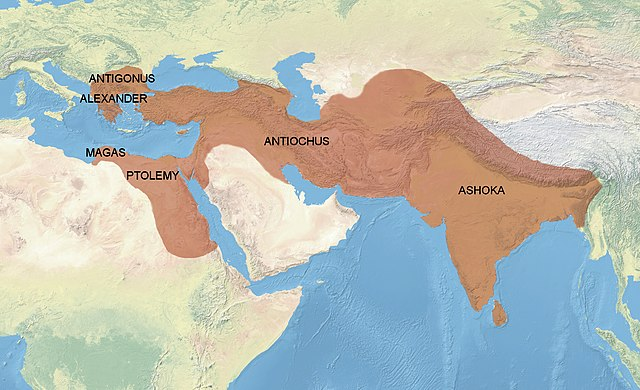In Tibetan Buddhism, the Dharma is one of the three jewels and represents the Buddha’s teachings, known as Buddhadharma.
The word Dharma also refers to mental objects as well as the essence of something – described as its ‘Dharma’ or inherent quality – and even is considered one of the three bodies of Buddha. But what exactly is Dharma, in this blog post, we will explore the concept of Dharma, what Dharma refers, what makes the Buddha’s teaching the Dharma, and how can we integrate it into our lives?
- What does Dharma mean?
- What is Dharma in Buddhist Philosophy?
- What are the teachings of Dharma?
- How do people practice Dharma?

What does Dharma mean?
‘Dharma’ is a Sanskrit word which comes from the root ‘Dhri’ – “to support” or “uphold”. Dharma is often translated into English as ‘righteousness’, ‘law’, ‘religion’ or ‘truth’ and literally means “what is established or upheld”.
Whilst we associate Dharma with Buddhism, it also plays an essential part in the other main Indian traditions. Hinduism is also known as Hindu Dharma, Jainism as Jain Dharma and Sikhism as Sikh Dharma. Collectively, the four are known as the Dharmic traditions.

What is Dharma in Buddhist Philosophy?
Looking at the opposite of Dharma can help us understand what it means.
This is known as ‘Adharma‘ and refers to falsehood and wrongful action – those beliefs and actions which inflict suffering on ourselves and others.
The Buddha’s teachings are the opposite of this because they focus on freedom from Adharmic beliefs and actions. It is for this reason that they are known as the Dharma, helping us to cultivate or uphold a pure mind, free from clinging and craving.
![Dharma, Dharma teachings [Dharmachakra with huge statue of Padmasambhava behind. Lake Rewalsar by John Hill]](https://images.surferseo.art/a1e242f8-6ee9-4088-bf59-f23985842979.jpeg)
What are the teachings of Dharma?
The ‘wheel’ of Dharma is said to have been set in motion when the Buddha gave his first sermon after awakening. This suggests it is also a cosmic order on which everything is supported.
The Dharma wheel symbol frequently appears in Indus Valley civilization artefacts, making it one of history’s most ancient wheel symbols.
In Buddhism, the symbol of the wheel refers to the Dharma teachings. As the wheel was ‘turned’ by the Buddha’s utterance, the truth was shared throughout the world. Every time the truth about suffering is shared, there is a new spin of the wheel. Its constant motion signifies the Dharma being upheld and preserved.
In Tibetan Buddhism, the first turning of the “wheel of dharma” is celebrated as a holy day to commemorate the first teaching of the Buddha, which is called “Chokhor Duchen”. Buddha Shakyamuni turned the Wheel of Dharma for the first time in Sarnath, India, by teaching the Four Noble Truths. There were two more turnings of the Dharma wheel in history.
How do people practice Dharma?
Though this is what the Dharma looks like universally, we can also practise it on a personal level.
We only have to look at Buddhist precepts followed by monks and nuns to see they are maintained by Dharma. Not killing, lying or stealing are examples of this because their executions are some of the outcomes of us suffering. The act of each begins in the mind, where we set the intention to commit them. The wish to do them comes from displeasure and, as this displeasure grows, it materialises into action.
It is this growth of displeasure that is indicative of suffering. Whenever we do not fixate on a dissatisfaction which is stirred in us, we are practising the Dharma. In our practice, this shows us how starting off small can lead to a big transformation. The same way that, from a seed, a tree grows. Following the precepts is creating the right conditions for us to plant the seed of Dharma in us which yields the fruits of a pure and unafflicted mind.
By not acting on selfish tendencies which surface in our mind, we save ourselves from potential suffering. In doing so, we steer ourselves away from Adharma and towards Dharma. The Dharma is in all of us and we all have the right conditions to uphold it in everyday life, benefiting not only ourselves, but other beings around us. Living our lives in this way, we become part of the universal motion of the Dharma and the beautiful truth it embodies.
If you’re interested to discover what is Dharma in Buddhism, check out our upcoming Buddhist courses and events.
Author: Lewis Gwilt
![dharma wheel, dharmawheel, Dharmachakra, 8 fold path, the eightfold path. [Wheel of Dharma. Craftsman in Xining by reurinkjan]](https://images.surferseo.art/68d38e6a-304f-49a7-9eec-5848c3181427.jpeg)



